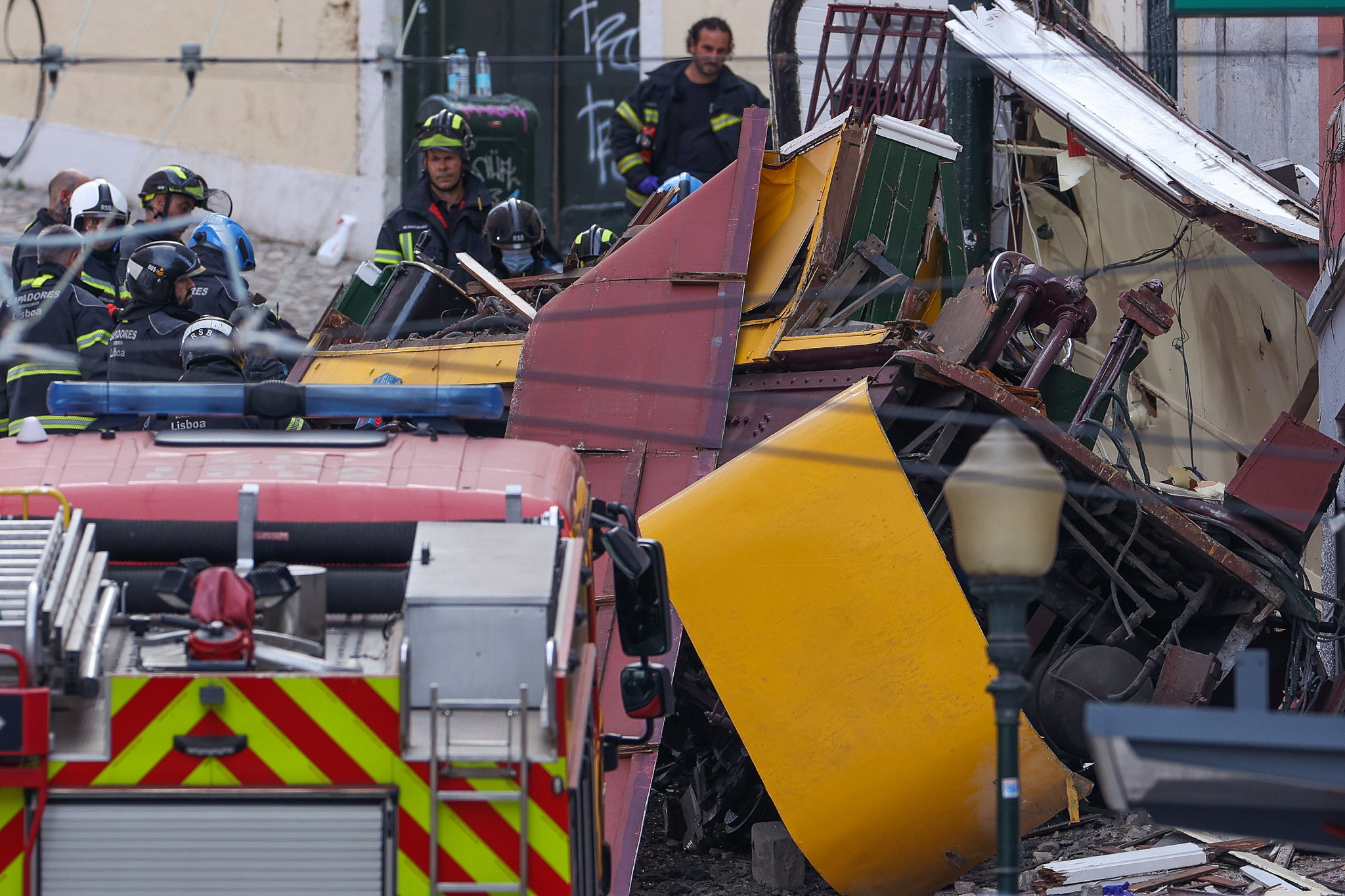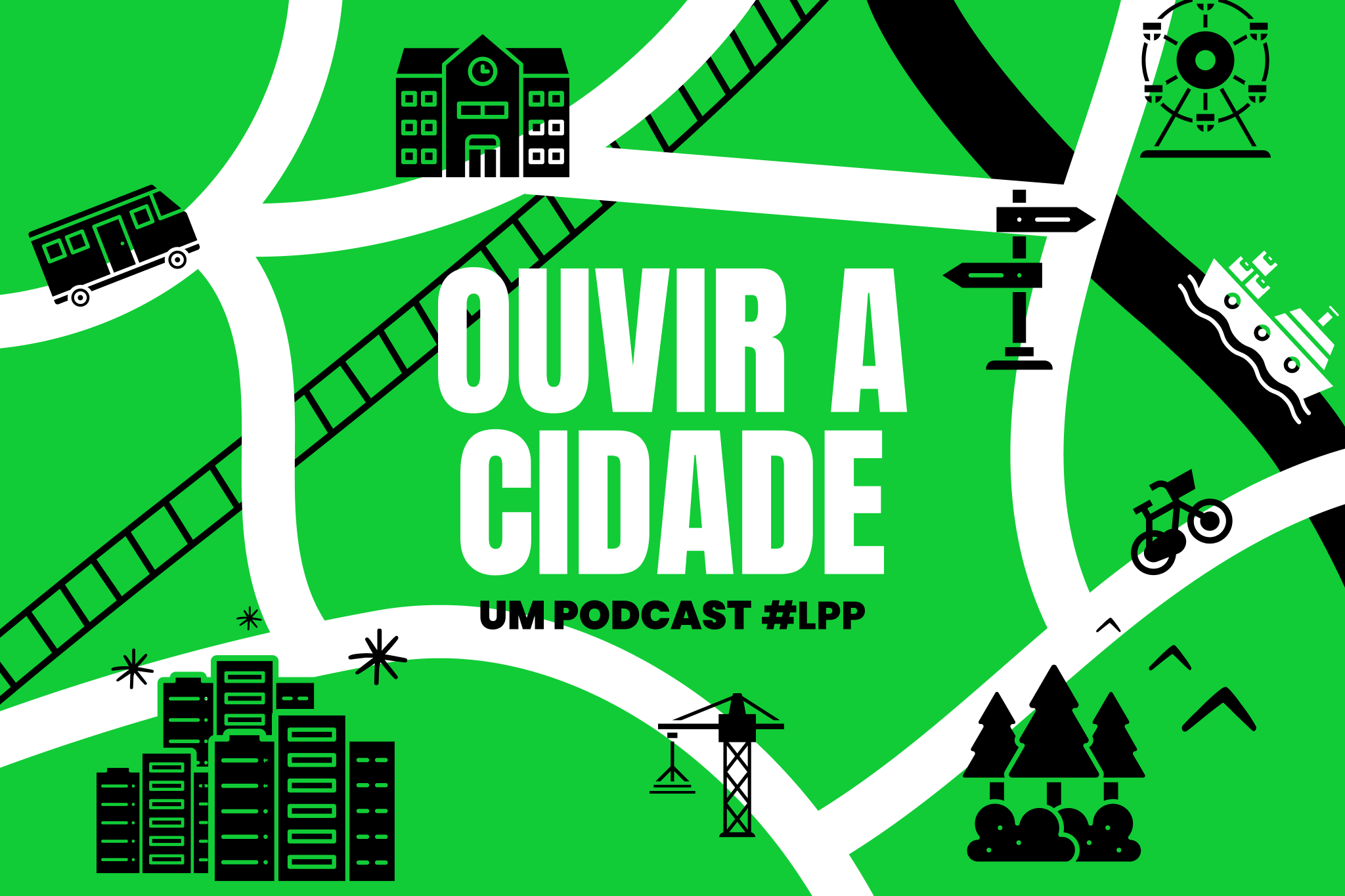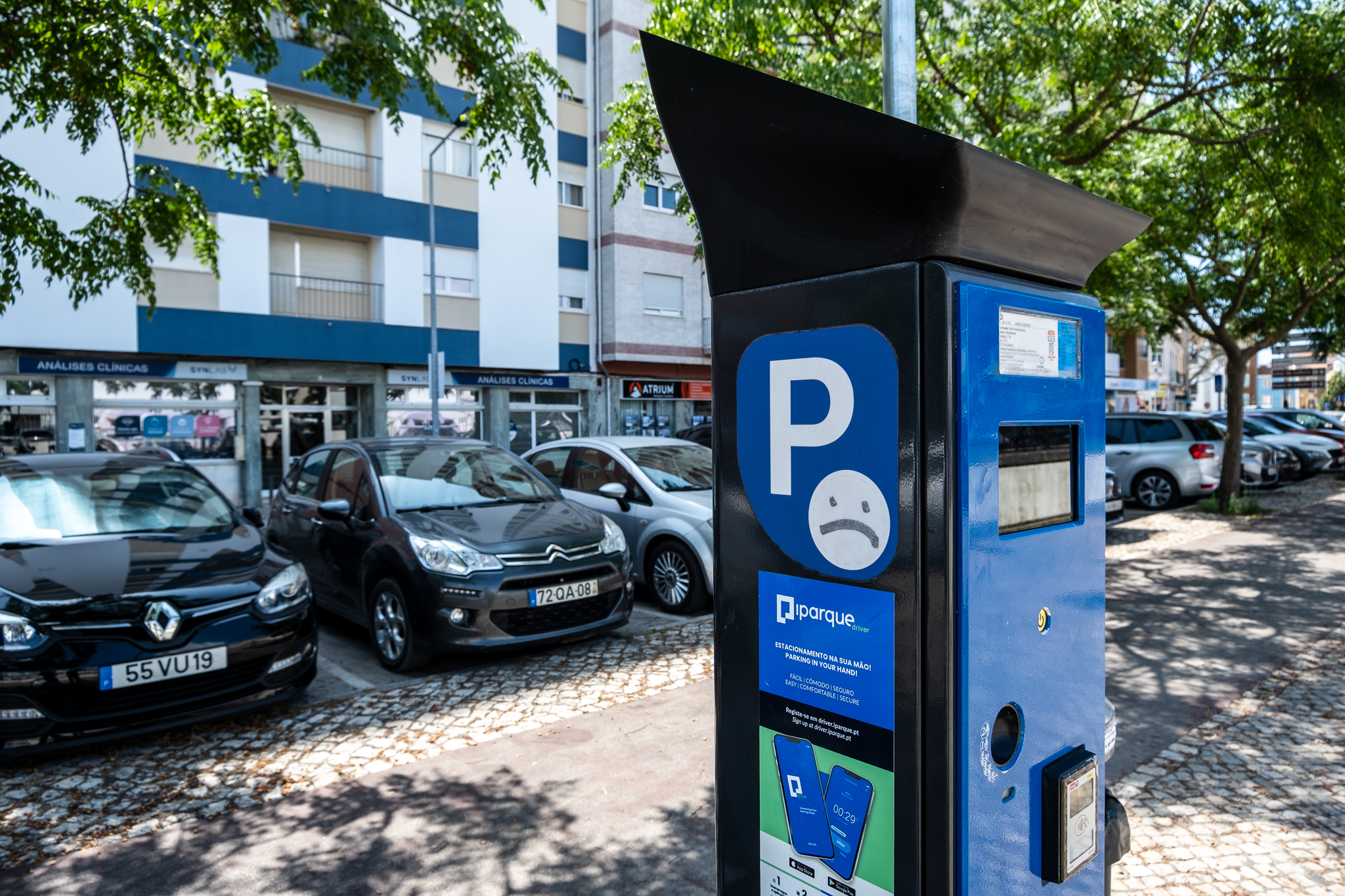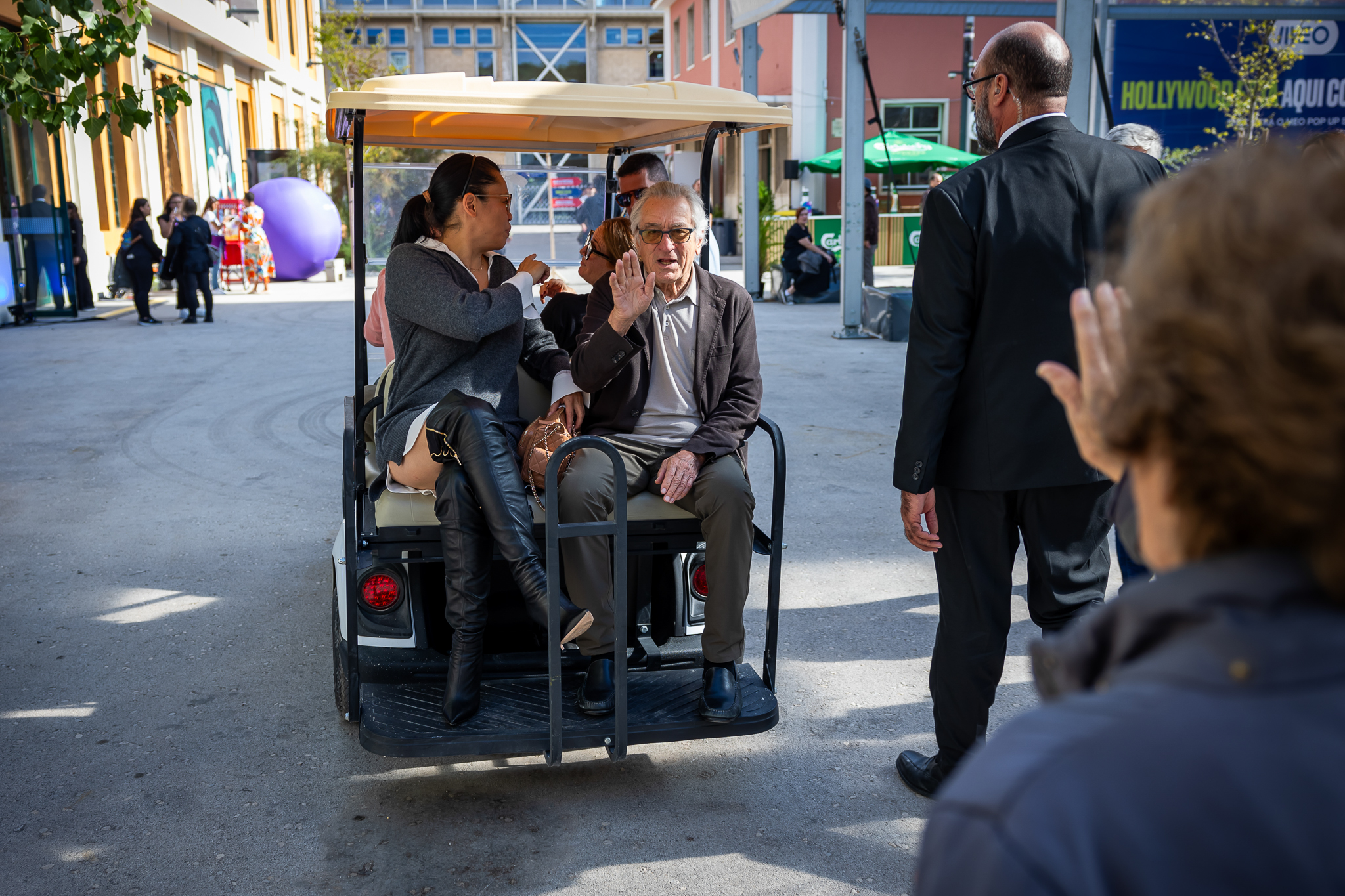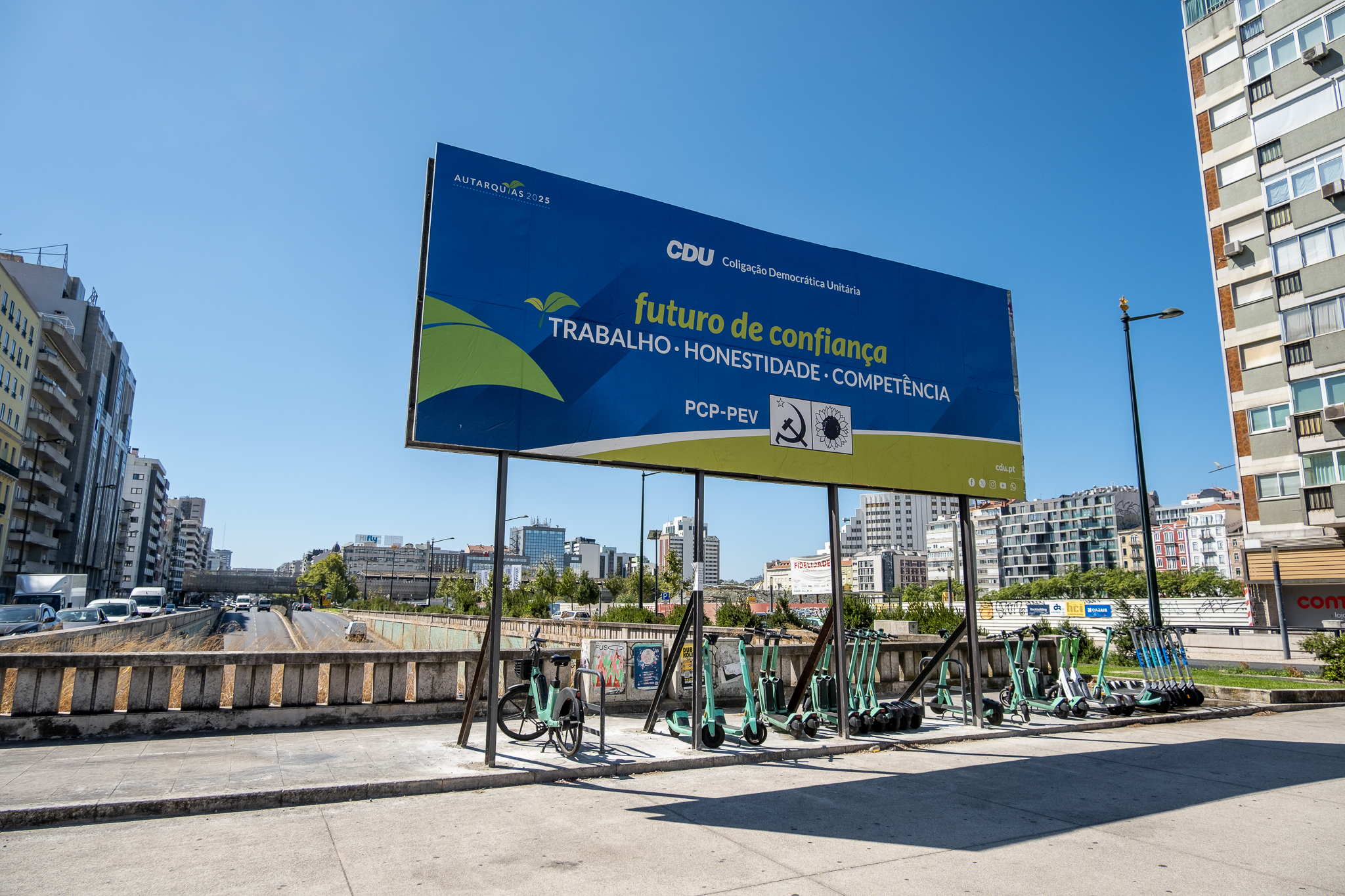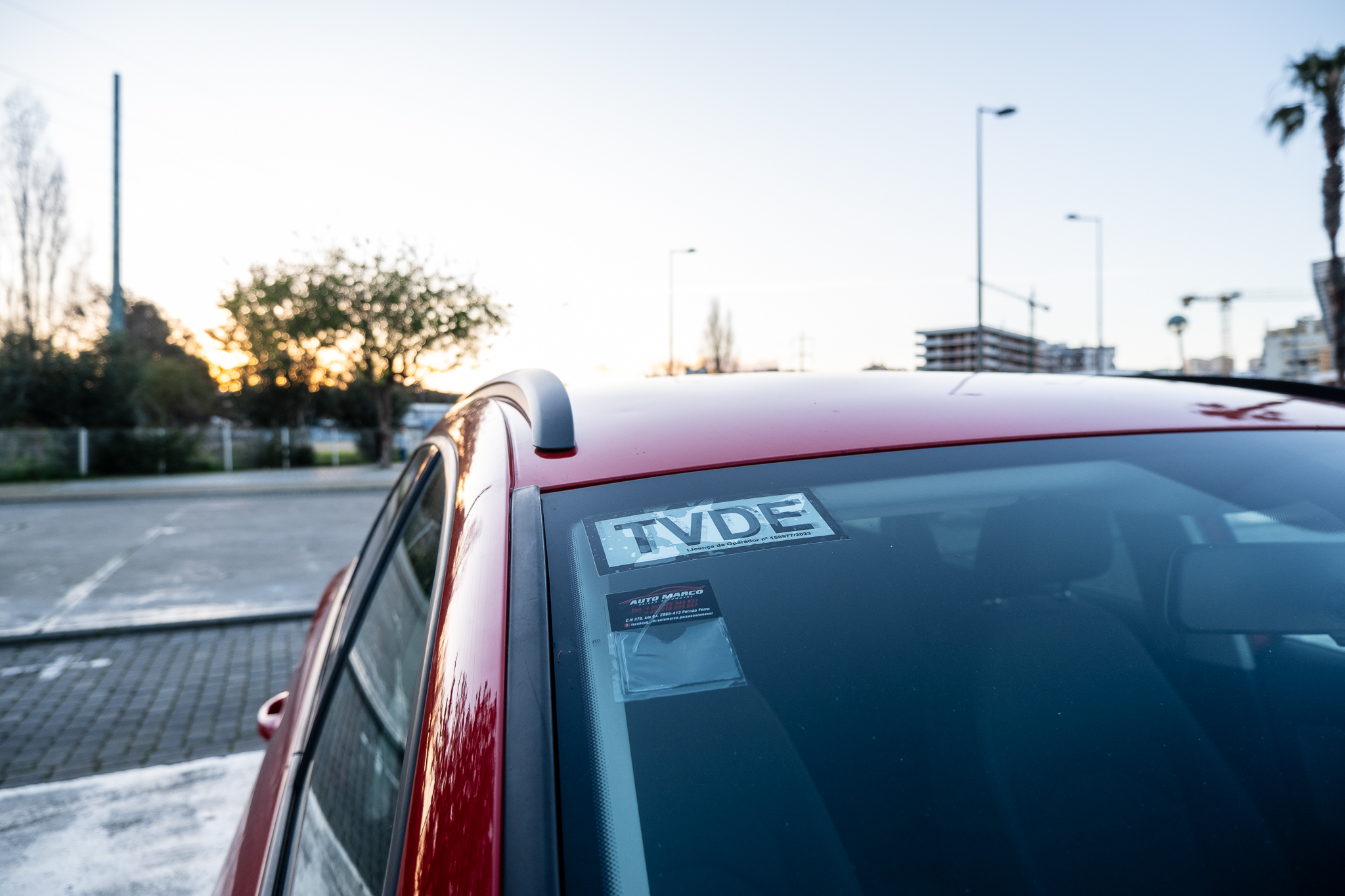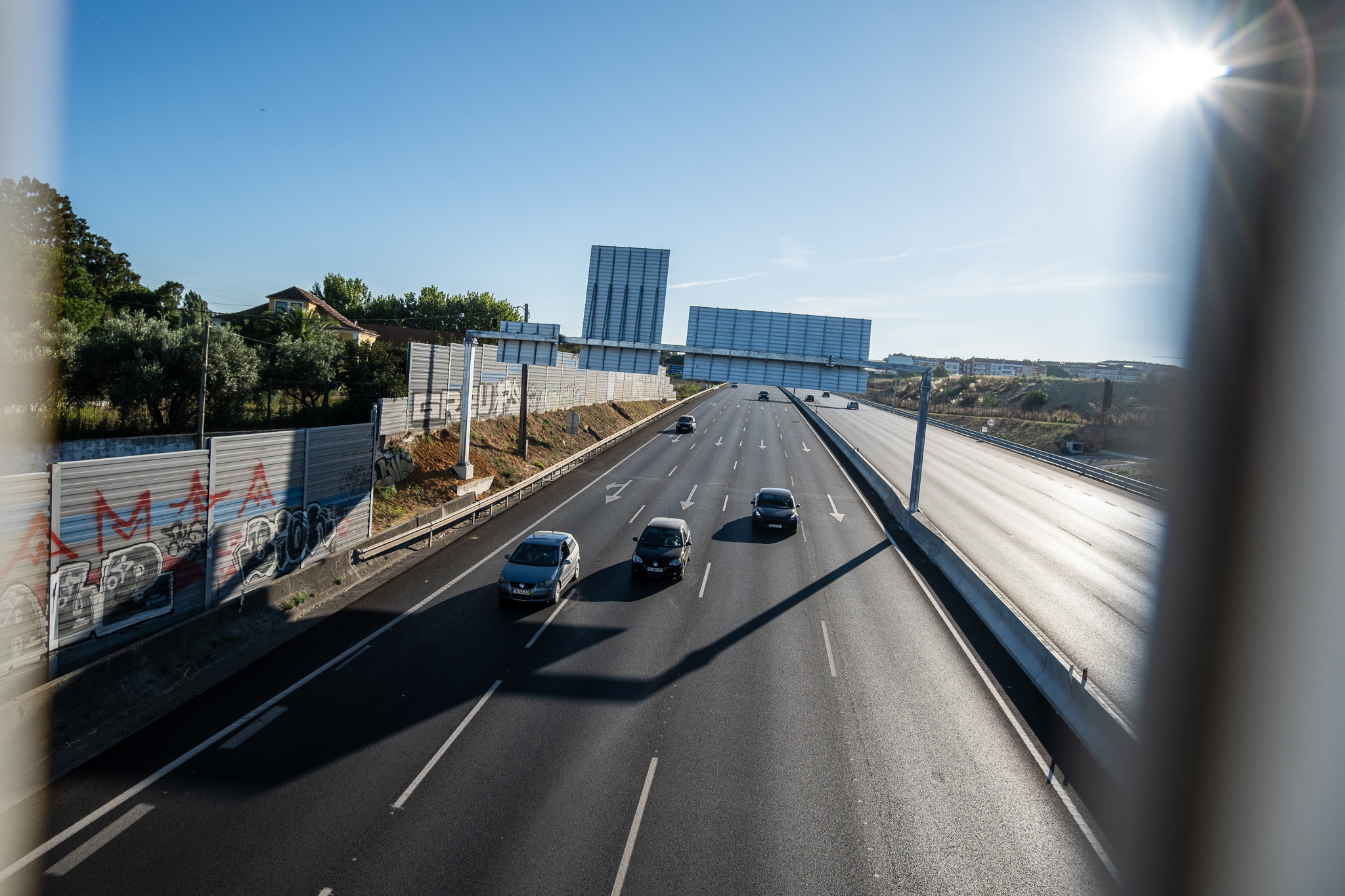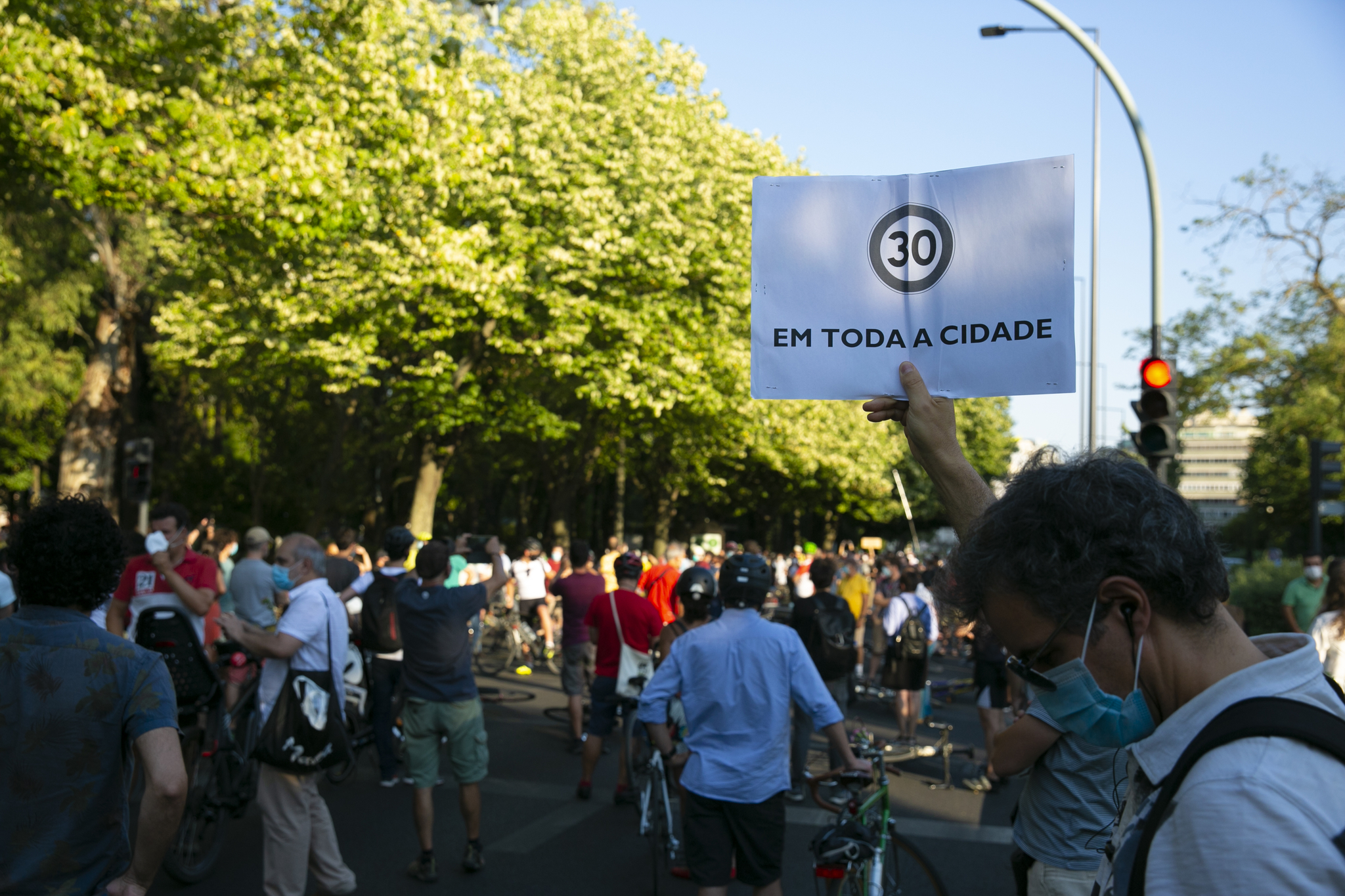
The majority of Spanish streets - between 60% and 70% - will now be limited to 30 km/h; only on roads with two or more lanes in each direction will speeds of 50 km/h continue to be permitted. On streets without sidewalks, the maximum speed is lowered to 20 km/h. These changes aim to reduce road deaths and protect the most vulnerable - pedestrians and cyclists; in Spanish cities, four out of five people who died in road accidents fell into the vulnerable category, according to El País.
In Portugal, the figures are not encouraging. In 2019, 26 bicycle users diedIn the same year, 106 people were seriously injured and 2104 were slightly injured. In that same year, 134 pedestrians lost their lives on Portuguese roadsMost of these were due to being run over by a car; 409 were seriously injured, and there were 5,180 minor injuries.
The data are from Autoridade Nacional de Segurança Rodoviária (ANSR)which registered in 2019 (pre-pandemic) a total of 35,704 accidents - 78% of these occurred within localities and 75% involved light vehicles (aka cars). 626 people lost their lives. “That's 3 A320 planes crashing a year in our country without any survivors. They are fathers, mothers, children, grandparents, grandchildren, friends and colleagues who have left too soon and are no longer with us. More than a thousand families are torn apart, thousands of people are affected, and it's an annual economic and social cost to society of more than 2 billion euros."as the ANSR puts it.
In 2018, the Portuguese government said it was studying a measure similar to Spain's, reducing the maximum speed in urban environments to 30 km/h. The debate that ensued confused the executive's intention, bringing up a series of myths and forgetting the possible benefits that such a measure could bring.
However, everything seems to point to the 30 km/h becoming the new 50 km/h. The Lisbon City Council itself wants to and has implemented this limit in inside the neighborhoodsThe maximum speed of 80 km/h can be driven on the Segunda Circular and the Eixo Norte-Sul.
30 km/h in urban environments could be decisive in achieving the goals that Portugal, through its ANSR, has set itself by 2030: zero road deaths. The plan is being outlined through the call National Road Safety Strategy 2021-2030: Vision Zero 2030This process can be followed and participated in on the website visaozero2030.co.uk. In World Road Safety WeekANSR, an initiative of the United Nations (UN) which is taking place for the sixth time, is promoting an action on the streets of Lisbon with the aim of raising drivers' awareness of the issue of road safety, in particular the urgent need to reduce speeds and establish 30 km/h as the new urban limit. The aims of this campaign are in line with the theme launched by the UN itself this World Week, with the slogans "streets for life" e "#love30".
In this article, we explore the benefits of quieter streets, neighborhoods, and cities where you drive at 30 mph, and clear up some of the most common myths.
30 km/h ≠ more fuel and pollution
If, under laboratory conditions, a gasoline or diesel engine tends to release more pollutants at 30 km/h than at 50 km/h, the real conditions offered by a city are different. In cities where people drive more slowly, the vehicles tend to accelerate and decelerate lessThis will result in less wear and tear on vehicle components, less fuel consumption and less pollution. On the other hand, the lower, continuous speeds also reduce the level of particles shed by the brake pads and tires. In short, a more economical, smooth and permanent driving style is possible at 30 km/h.
30 km/h = saving lives
Lives can be saved at 30 km/h. A the driver's ability to react is greatersince it not only has more time to see a pedestrian and stop your vehicleas well as wider viewing angle - the driver can see more of what's happening on the road and react if necessary. On the other hand, in the event of a collision, a pedestrian is more likely to survive if the vehicle is traveling at 30 km/h than at 50 km/h. The risk of death for pedestrians in collision situations at higher speeds is even higher in the case of children or the elderly.
30 km/h = less noise
Calming traffic makes it quieter. By lowering the speed to 30 km/h you can reduce the noise generated by car traffic by 2.5-3.9 decibelsdepending on the quality of the asphalt. O urban noise can lead to sleep imbalances, heart disease or even lower performance at school. On the other hand, by providing a modal shift from the car to walking or cycling, a city at 30 km/h can become quieter by reducing the number of cars on the road.
30 km/h ≠ more travel time
Typically, the average speed of a car in the city is below 30 km/h, since, although there are places where it is possible to go at higher speeds, there are factors such as traffic lights, intersections, congestion or even another vehicle looking for parking, which slow down traffic here and there. Congestion and the time spent waiting at traffic lights are often more significant in travel times than the speeds at which vehicles traveling between those points travel. On the other hand, in a city designed to be driven at 30 km/h, some of the traffic lights may not be necessaryand promoting a more equal relationship between the different users of the public space.
30 km/h = more life on the streets
Streets with slower traffic will be streets with more life, where more people will feel comfortable walking or cycling. They will be streets with more seating areas and terraces, quieter streets and streets with better air quality. All these factors will contribute to more active, more inclusive and healthier streets, where children can cycle to school or there can be a wide range of shops.
30 km/h ≠ more congestion
In the medium term, the reduction in speed could encourage people to switch from cars to other modes of transportsuch as walking and cyclingOn the other hand, fewer vehicles on the road leads not only to a reduction in air pollution and CO2 emissions, but also to freer roads for the vehicles that will continue to circulate. On the other hand, reducing the maximum speed does not lead to more traffic jams, which affects all vehicles as a whole r because, as we saw earlier, the average speed in the city is already below 30 km/h, and there are only moments of acceleration that give the perception of speed.
30 km/h ≠ more fines
Speed reduction can be achieved with inexpensive measures. We're not just talking about vertical signs (prohibition signs), but also markings on the asphalt and traffic calming measures such as raising the level of the road or crosswalks, reducing the width of the road, installing obstacles to give drivers the perception of a narrower street, planting trees, creating comfortable pedestrian routes, among other initiatives. A street, a neighborhood and a city can travel at 30 km/h by designwithout the need for supervision by the authorities.
You can find out more about cities at 30 km/h on this page e also in this. If you have more resources, ideas or arguments to contribute to this discussion, please send them to mail@lisboaparapessoas.pt. See you soon!

